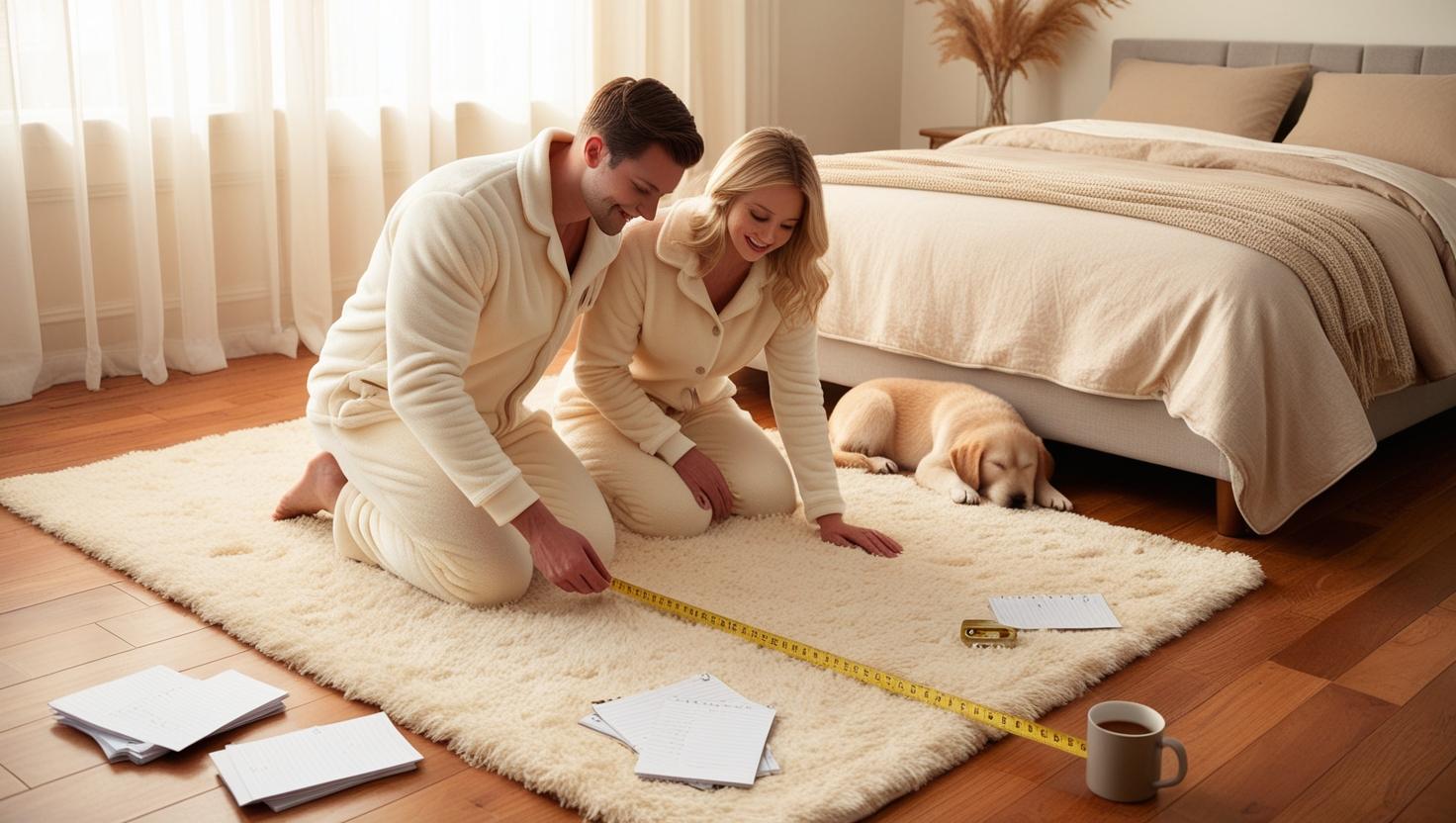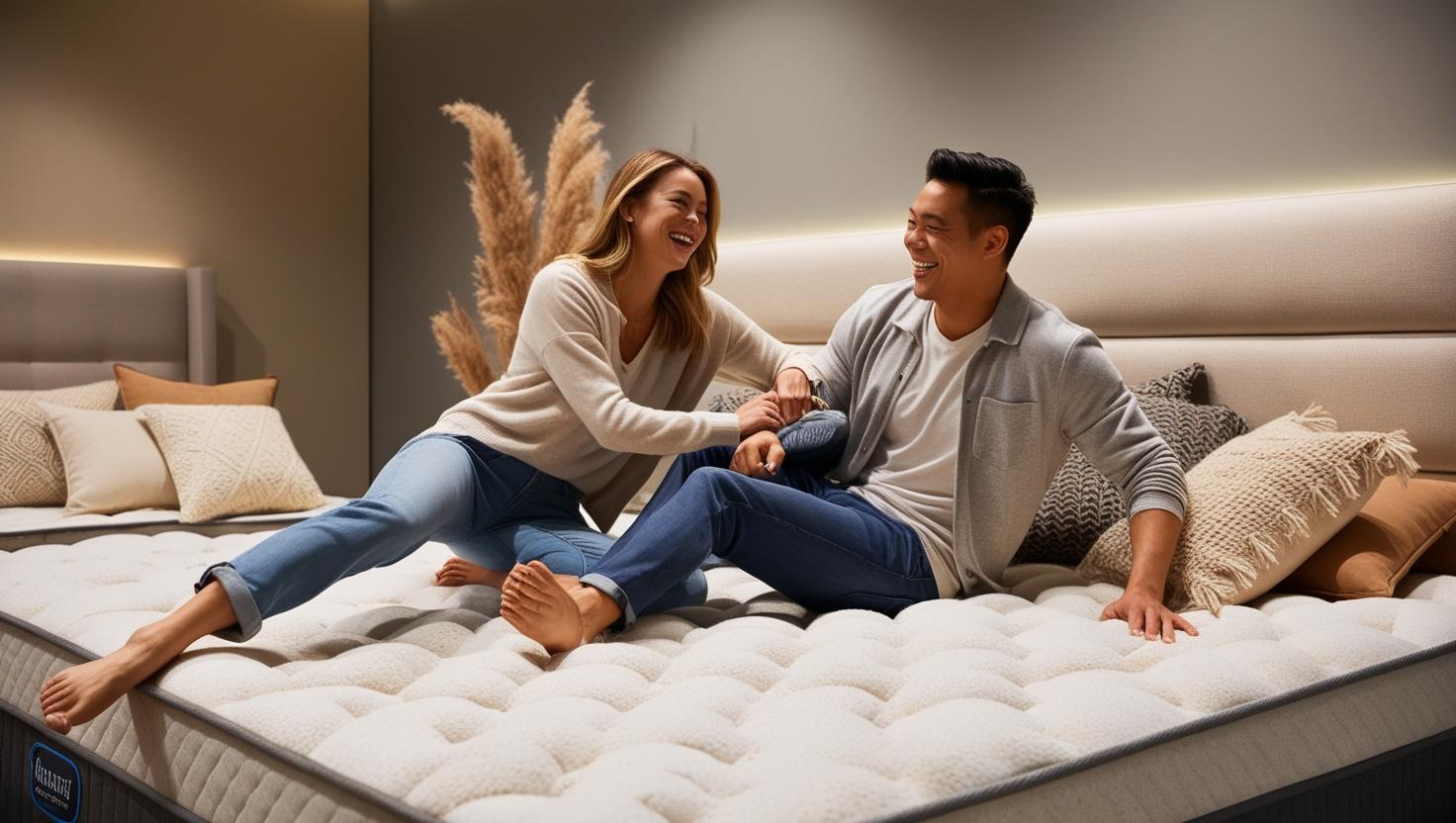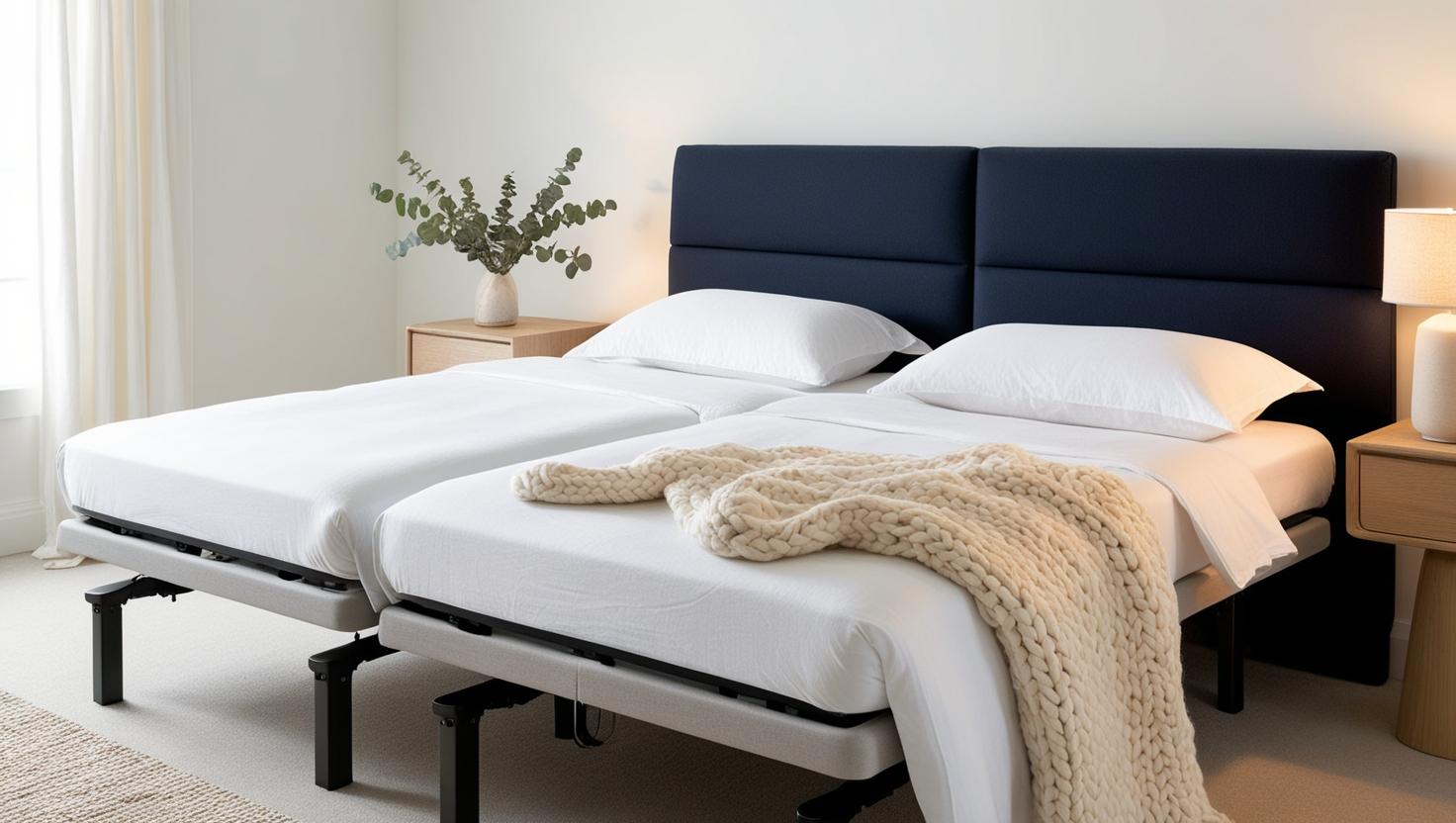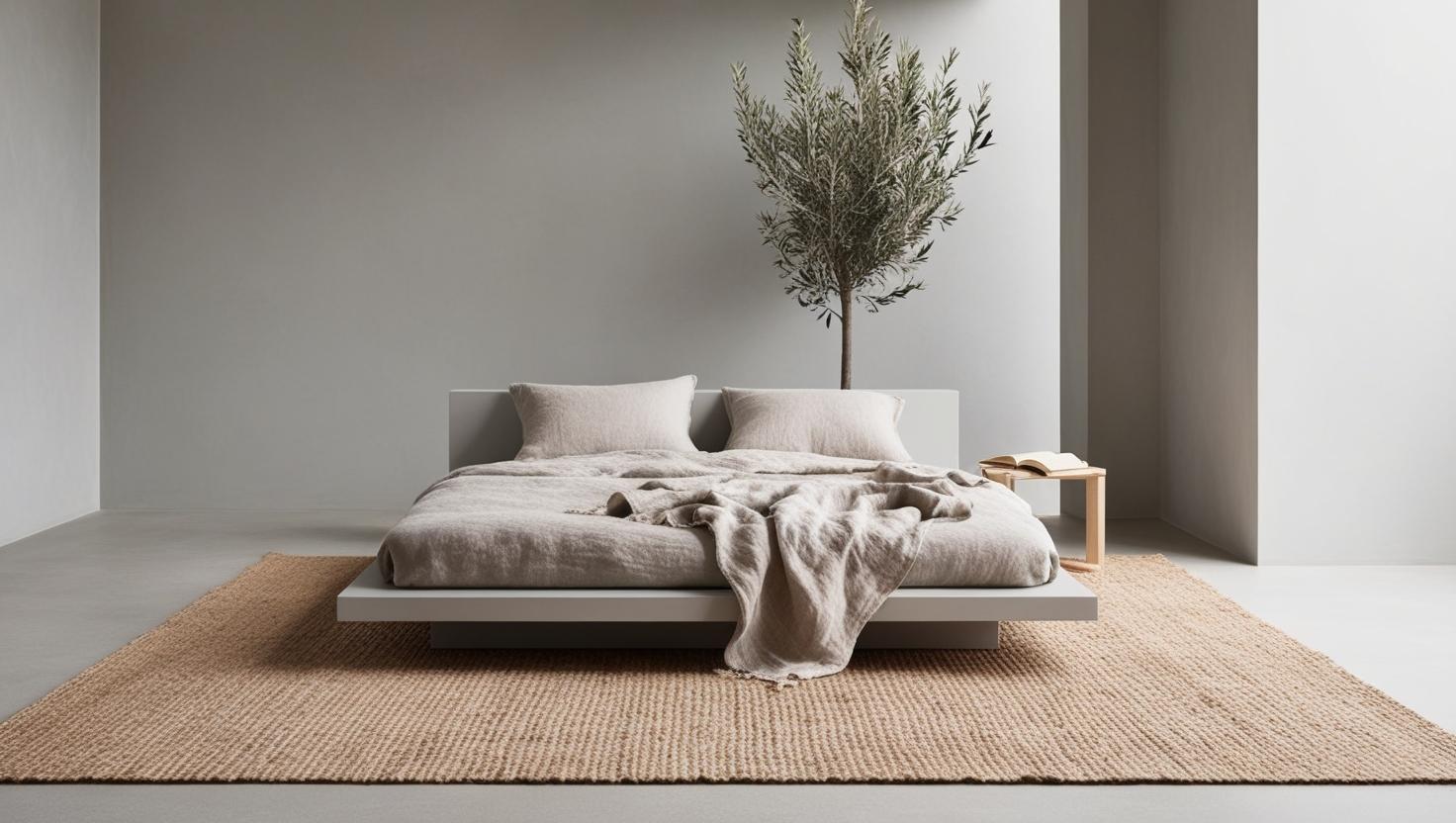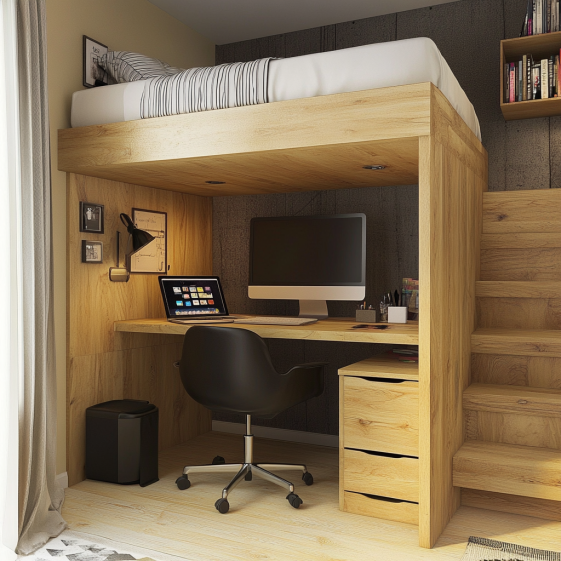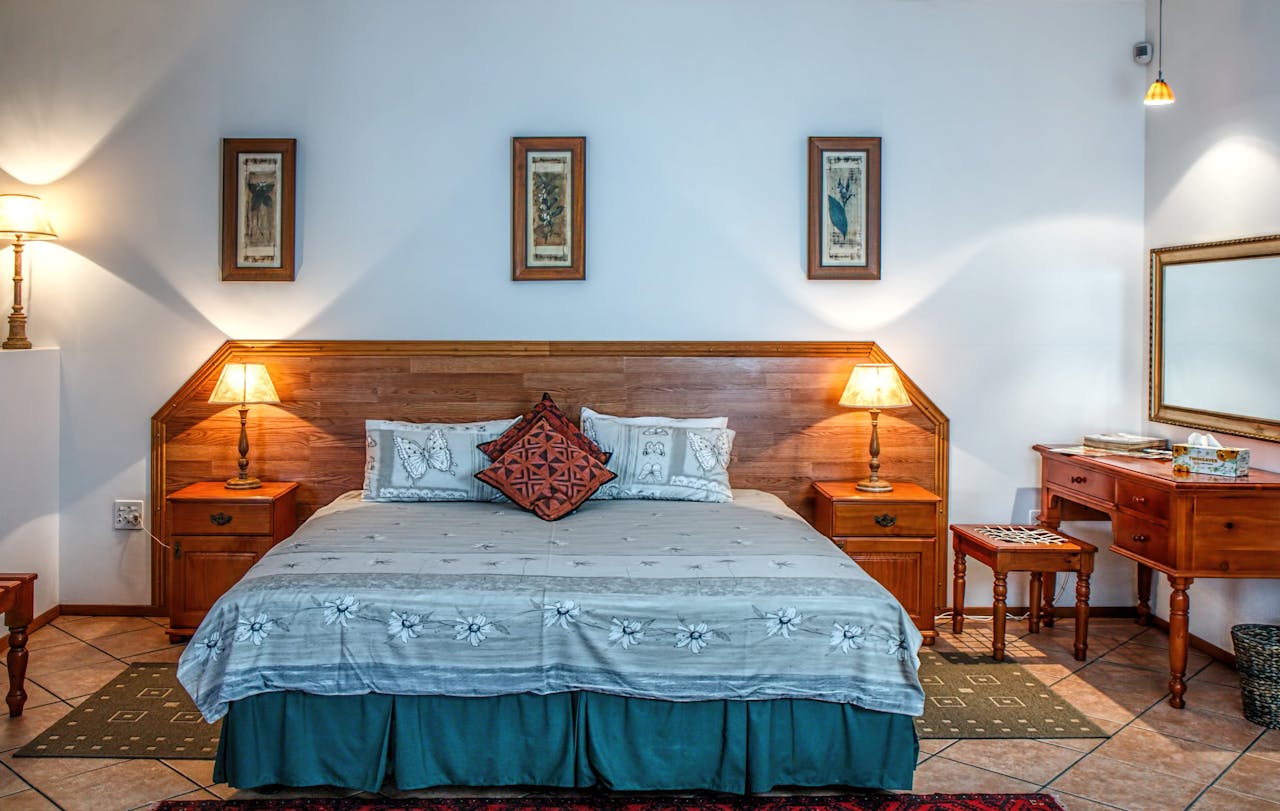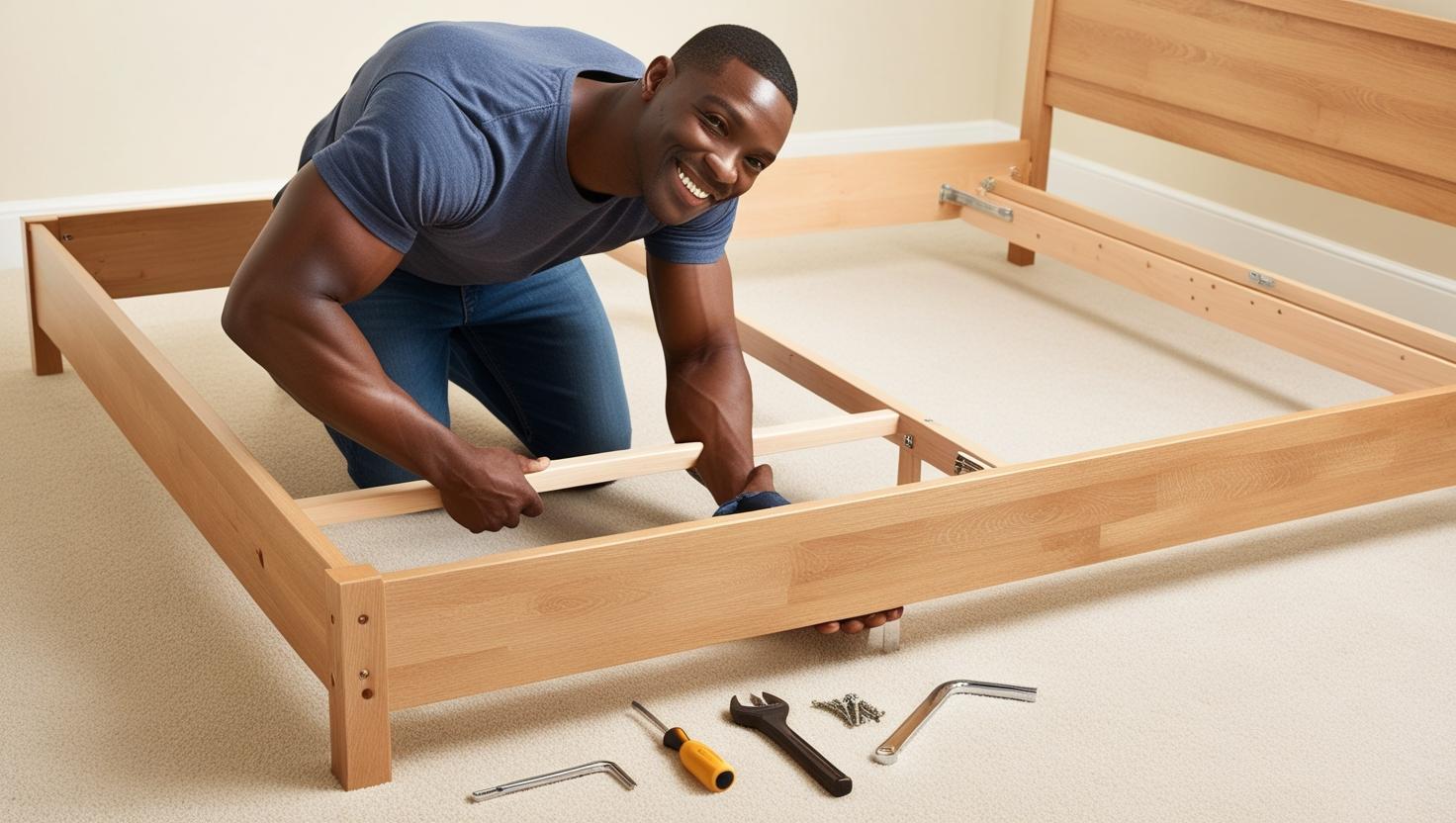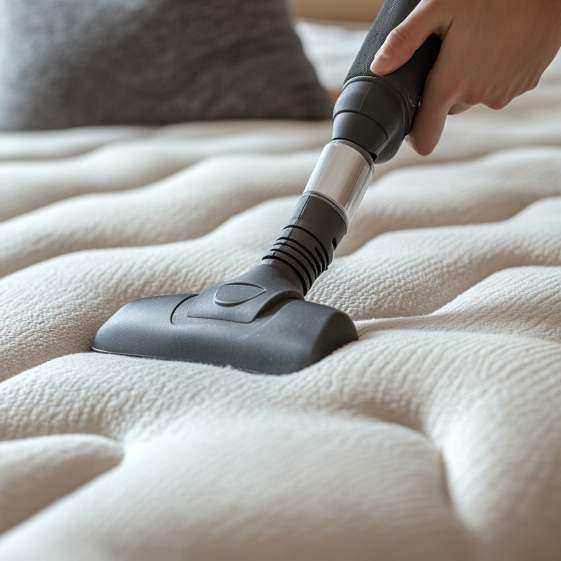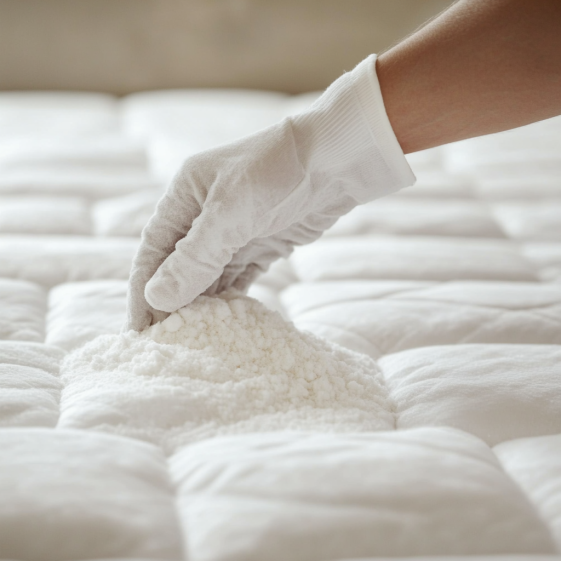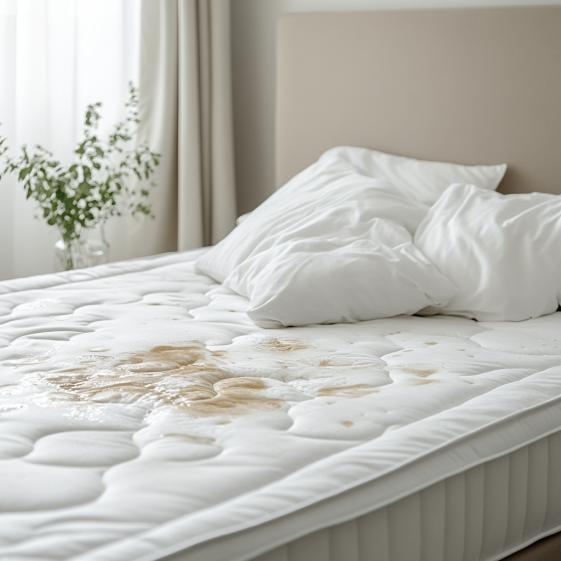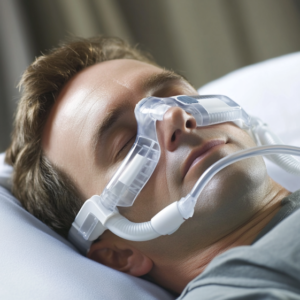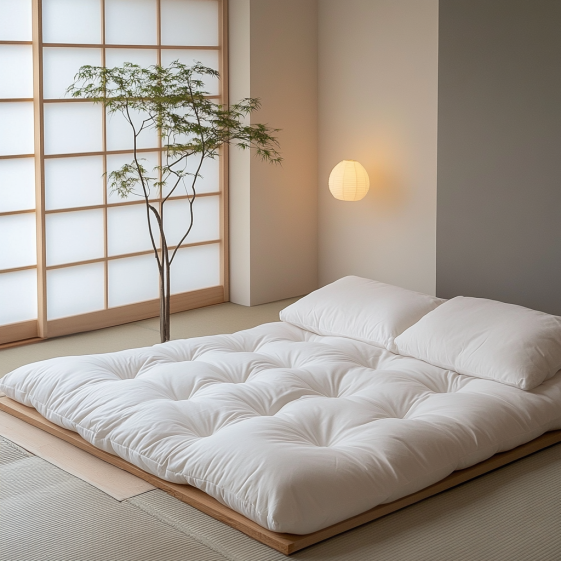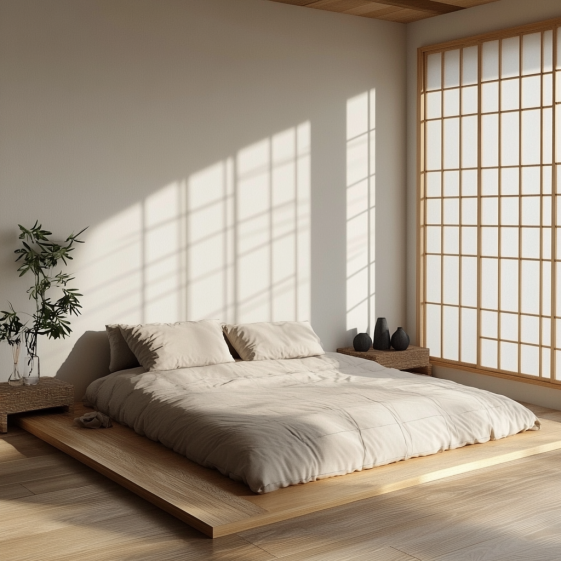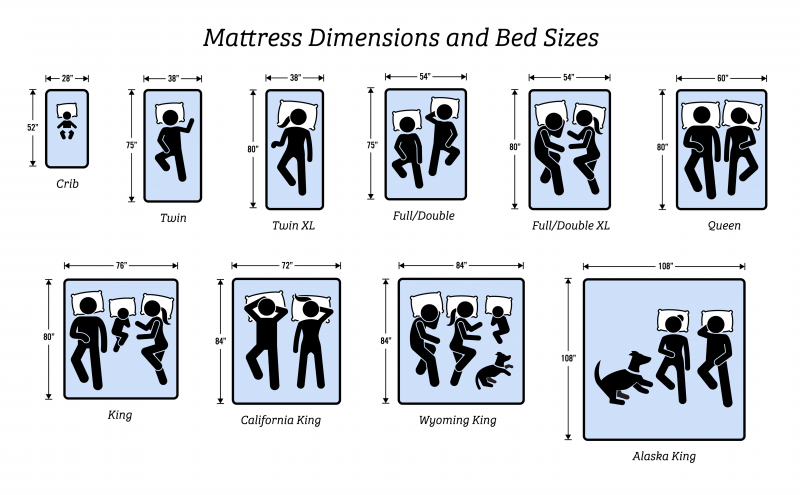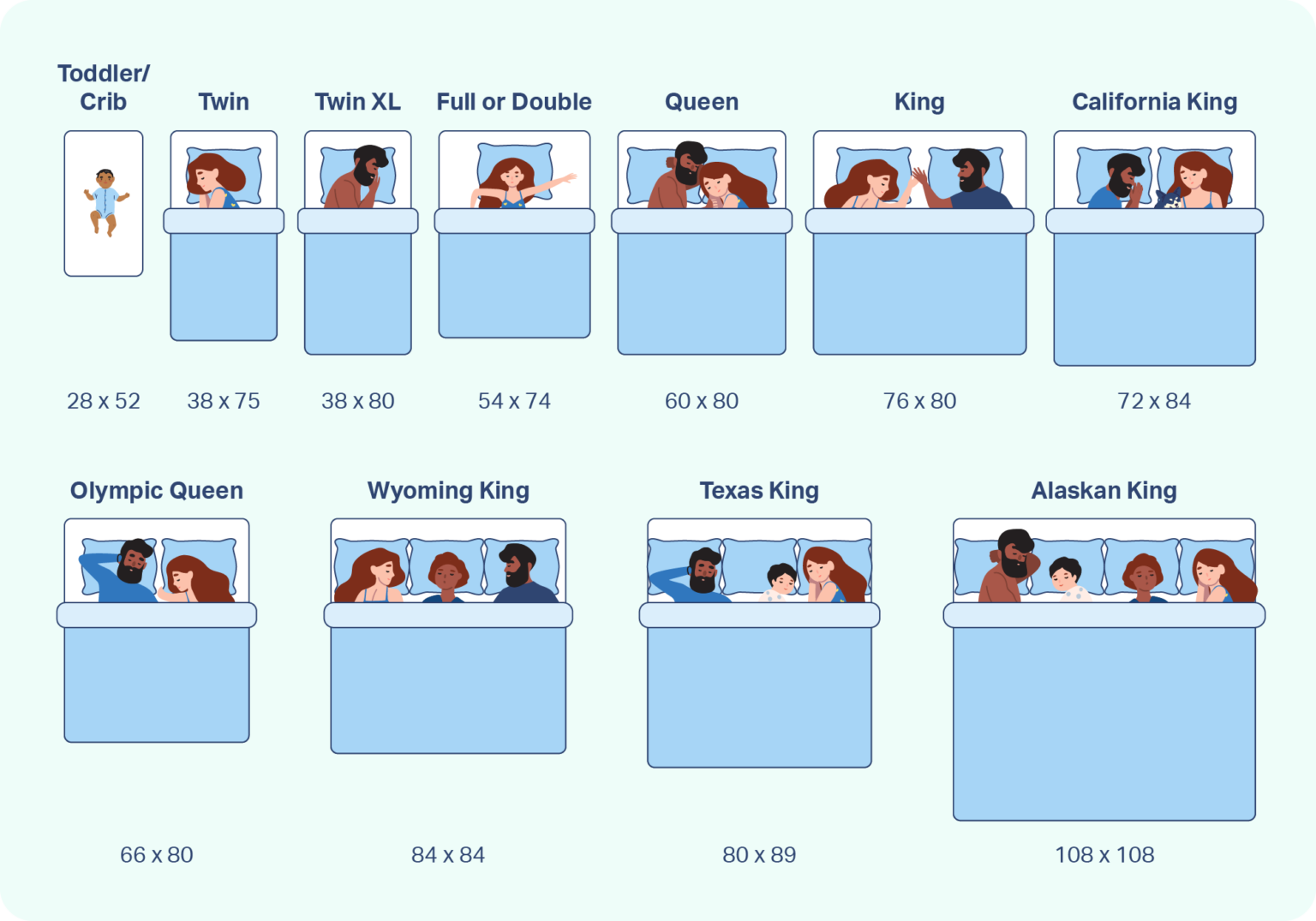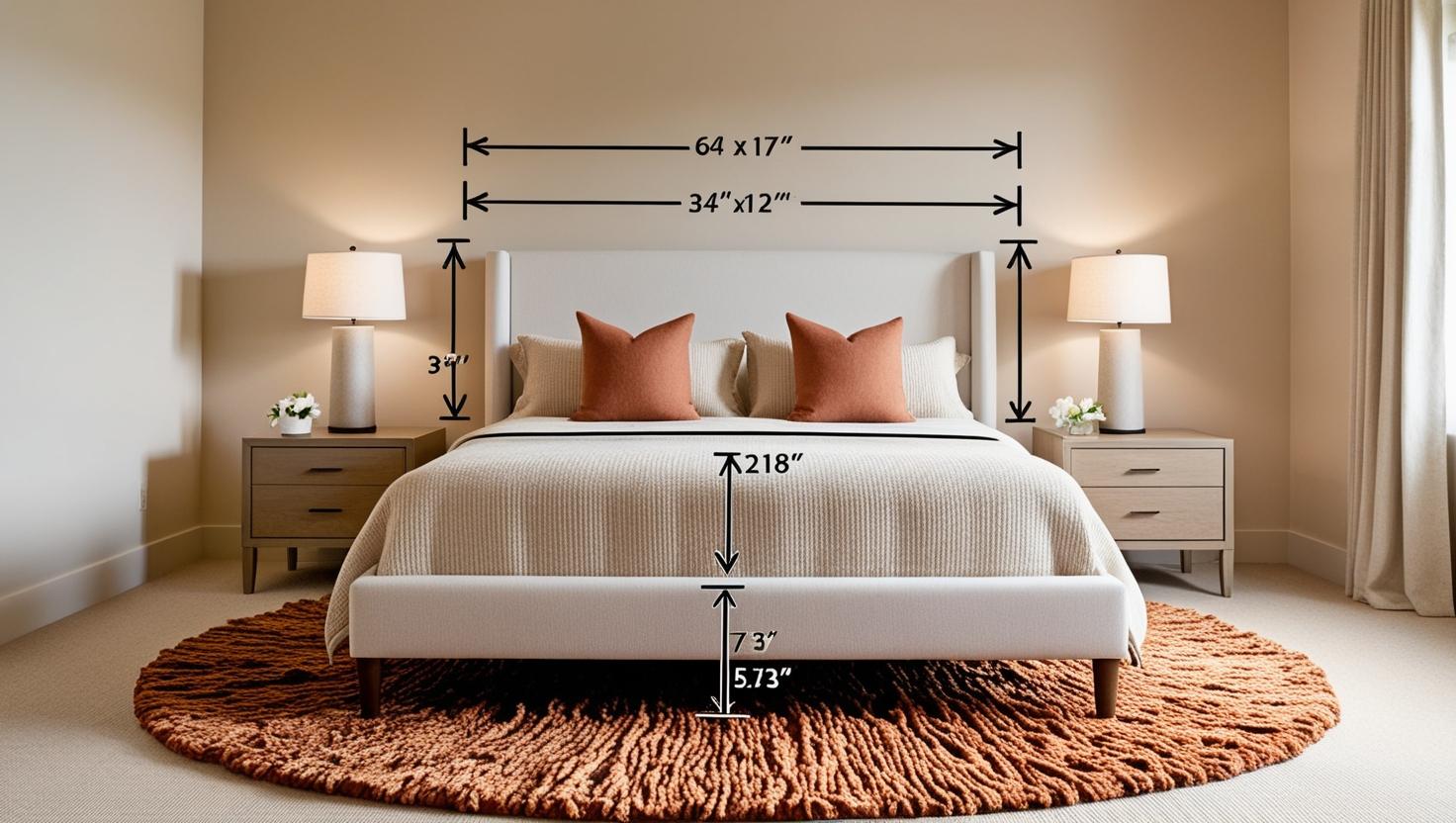Minimalist Bedroom Decor: Creating a Clutter-Free Sanctuary
Want results fast? Minimalist bedroom decor means decluttering first, then layering neutral colors, functional storage, and a few cozy textiles. Do this and you’ll have a calming, clutter-free sanctuary that supports deeper sleep and easier upkeep.
Key Takeaways on Minimalist Bedroom Decor
- Declutter first: Remove non-essentials to let minimalist bedroom decor shine.
- Stick to neutrals: Whites, beiges, and soft grays keep the room calm and airy.
- Choose functional furniture: Storage beds, floating nightstands, and shelves reduce visual clutter.
- Add cozy textures: Organic cotton or linen bedding and a simple rug warm up the look.
- Finish with one or two natural accents: A plant or single artwork keeps the aesthetic minimal yet personal.
Introduction
In short: Minimalism isn’t bare; it’s intentional—keep only what supports rest, and design with simplicity and function.
A minimalist bedroom is more than just a design trend—it’s a way to create a peaceful, clutter-free sanctuary that promotes relaxation and better sleep. By focusing on simplicity, functionality, and clean aesthetics, you can transform your bedroom into a stress-free retreat.
In this guide, we’ll explore the key elements of minimalist bedroom decor, practical tips for decluttering, and the best furniture and color choices to achieve a serene and stylish space.
📌 Related Read: Space-Saving Bed Frame Solutions for Small Bedrooms
Essential Elements of Minimalist Bedroom Decor
1. Neutral Color Palette for a Calm Ambiance
In short: Use a restrained neutral palette to reduce visual noise and make the room feel larger and calmer.
Minimalist bedrooms embrace a neutral color palette with soft tones like white, beige, gray, and earth tones. These shades create a calming atmosphere and make the space feel more open and airy.
✅ Best Colors for a Minimalist Bedroom:
- Soft Whites (Pure White, Alabaster)
- Warm Neutrals (Beige, Taupe)
- Cool Grays (Light Gray, Ash)
📌 Explore More: The Impact of Sleep on Health
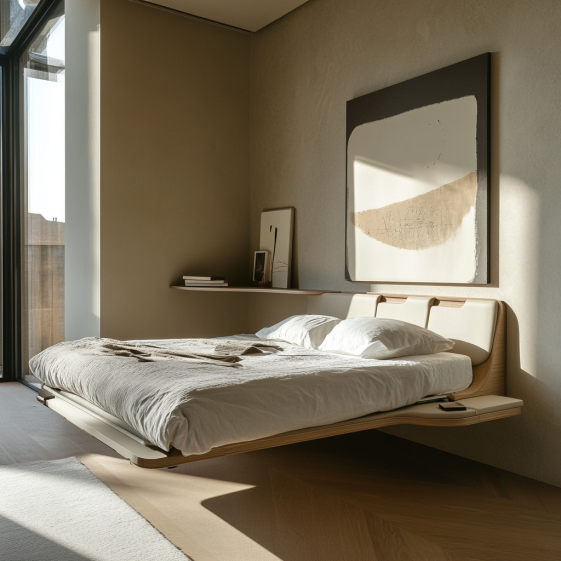
2. Functional and Space-Saving Furniture
In short: Favor fewer, smarter pieces—each item should earn its place with storage or multi-use features.
Minimalism is all about quality over quantity—choosing functional furniture that serves a purpose while keeping the space uncluttered. Space-saving bed frames, nightstands with hidden storage, and multi-purpose furniture help keep things tidy.
💡 External Source: According to HGTV, multifunctional furniture is key in achieving a minimalist bedroom that remains stylish yet practical.
For more ideas, explore our guide on maximizing bedroom space with efficient storage bed designs and discover the benefits of storage beds for small space living.
✅ Best Minimalist Bedroom Furniture:
- Platform Beds with Storage
- Floating Nightstands
- Wall-Mounted Shelves
📌 Related Read: Adjustable Bed Bases: Are They Worth the Investment?
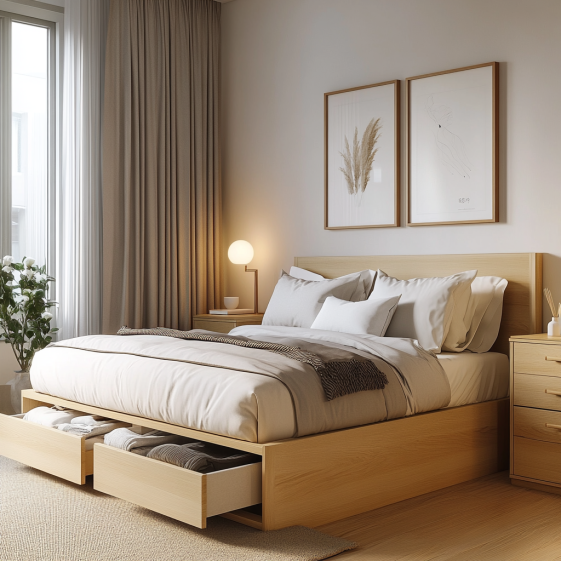
3. Decluttering and Smart Storage Solutions
In short: Decluttering is the non-negotiable step—set rules and add hidden storage to keep surfaces clear.
The core principle of minimalism is eliminating excess. Decluttering your bedroom by removing unnecessary items, keeping only essentials, and investing in smart storage solutions helps maintain a peaceful space.
For a deeper dive, check our internal resource: Minimalist Storage Solutions – Internal Content Editor Link (admin access required).
✅ Decluttering Tips for a Minimalist Bedroom:
- Use under-bed storage for seasonal clothes.
- Keep surfaces free from clutter—store essentials in drawers.
- Follow the “one in, one out” rule—remove an old item for every new one added.
📌 More Organization Ideas: Mattress Hygiene: How to Keep Your Bed Fresh and Clean
4. Soft, Cozy Textiles for a Comfortable Feel
In short: Balance clean lines with touchable comfort—add breathable bedding and one simple, soft rug.
While minimalism embraces simplicity, it doesn’t mean sacrificing comfort. Choose high-quality, soft bedding and cozy textiles to add warmth to your bedroom.
✅ Best Minimalist Bedroom Textiles:
- Organic Cotton or Linen Bedding
- Wool or Jute Area Rugs
- Soft, Breathable Curtains
📌 Eco-Friendly Choices: Sustainable Bedding for a Greener Sleep
5. Minimal Decor with Natural Elements
In short: Limit decor to one or two natural accents to keep the space serene, not stark.
Less is more when it comes to decor in a minimalist bedroom. Choose simple, natural elements like indoor plants, wooden accents, or a single statement artwork to add personality while keeping the space clutter-free.
✅ Minimalist Decor Ideas:
- One Large Piece of Artwork Instead of Multiple Wall Decorations
- Indoor Plants Like Snake Plant or Pothos for Fresh Air
- Simple Bedside Lamps with Soft Lighting
📌 Related Read: The Best Bed Designs for Small Spaces
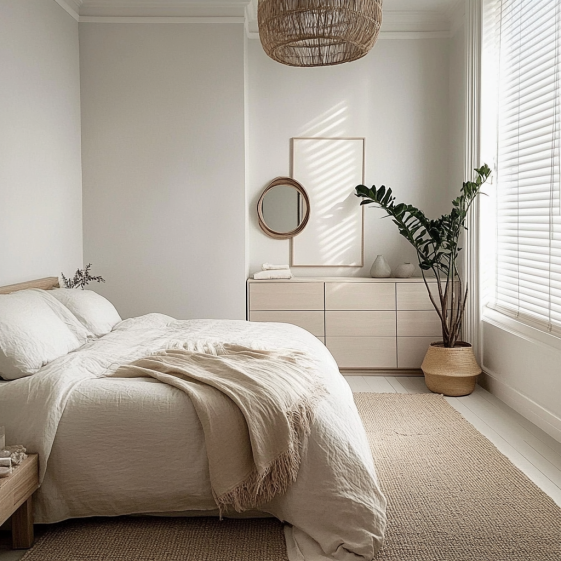
Pros & Cons of Minimalist Bedroom Decor
In short: Expect calmer vibes and easier cleaning, with the tradeoff of disciplined editing and fewer display items.
| Pros | Cons |
|---|---|
| Creates a clutter-free, relaxing space | Requires regular decluttering |
| Promotes better sleep and mental clarity | Limited space for personal items |
| Easy to clean and maintain | Can feel too plain without thoughtful decor |
| Encourages mindful purchasing | Finding multifunctional furniture can be costly |
📌 Looking for More Bedroom Inspirations? Smart Beds: How Technology is Revolutionizing Sleep
Is a Minimalist Bedroom Right for You?
In short: If you value calm, order, and easy upkeep, minimalist bedroom decor is a great fit.
💰 Costs range from budget-friendly DIY setups to premium minimalist designs, depending on furniture and decor choices.
If you value simplicity, organization, and a peaceful sleep environment, a minimalist bedroom decor style may be the perfect fit. Focus on decluttering, selecting functional furniture, and keeping a clean, calming aesthetic to create a truly restful sanctuary.
📌 More Sleep & Design Tips:
FAQ
- What is minimalist bedroom decor?
- It’s a design approach that removes excess and focuses on essential, functional pieces, neutral colors, and simple textures to create a calm, clutter-free sanctuary.
- How do I start a minimalist bedroom makeover?
- Begin by decluttering surfaces and storage. Then choose a neutral palette, add functional furniture with hidden storage, and finish with one or two natural accents.
- Can minimalist bedroom decor still feel cozy?
- Yes—use breathable bedding like organic cotton or linen, a soft area rug, and warm lighting to balance clean lines with comfort.
- Which colors work best for minimalist bedrooms?
- Soft whites, warm beiges and taupes, and light grays keep the room feeling open, restful, and visually tidy.

